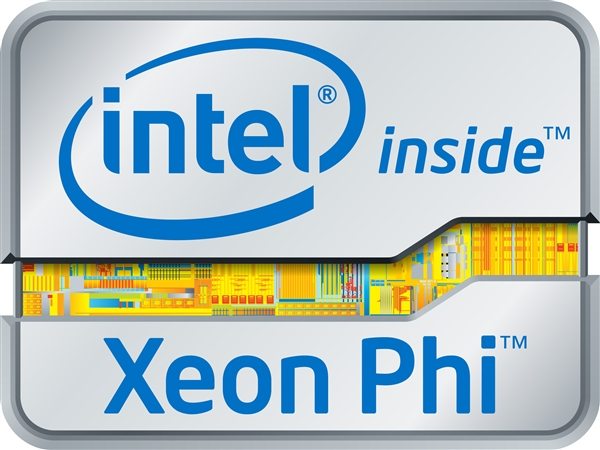Intel Announce 10nm Chips Capabilities and Release Plans
Chris Smith / 10 years ago

We reported early in 2014 of Intel’s 14nm “Fab 42” plant remaining closed and the rumors surrounding 10nm chip manufacturing that came with it – from recent reports it now seems like it’s a a reality.
As IBM and NVIDIA have teamed up to win the next generation of top-level US government supercomputers, Intel is not to be left in the dust. After 50 years of global supercomputing, the Intel platform occupies a massive 85.5% of all machines, with a reported 97% ownership in new age systems. Today, Intel have announced the details of some of their planning in high-performance computing.
The announcements have come to us thanks to CNBeta and Chiphell, these are listed in dot point form as:
- The third-generation Xeon Phi family, codenamed “Knights Hill”, will use Intel’s 10nm process. This is the first publicly identified 10nm product, as well as Intel Omni-Path fiber optic interconnection technology. Intel’s upcoming second generation “Knights Landing” will be the first commercial system set to debut early next year.
- The industry’s interest in Xeon Phi is more concentrated. There are already a large number of customers looking to order Knights Landing, of which more than 50 percent will use the processor version, and the rest set to utilize the PCI-E accelerator card version. The total computing capacity is said to contain more than 100 PFlops (10 quadrillion floating-point calculations).
NOTE: Using the Intel Xeon Phi to accelerate your system is done through a PCI-E expansion card, this card must be used with Xeon processors and can only be used as a coprocessor. The next generation will have separate processor and coprocessor versions. - Knights Landing’s latest implementations include: Los Alamos, Sandia Supercomputers “Trinity”, the US Department of Energy National Energy Research Scientific Computing Center (NERSC) ultra-count “Cori”, Earth Science Enterprise DownUnder GeoSolutions, large-scale cooperation projects in SGI and the National Supercomputer Center IT4 Innovations projects in Europe (to deploy large clusters).
- Omni-Path Interconnect architecture with provides 100 Gbps of bandwidth, fiber-optic switching and medium-sized clusters. Comparing this to the now popular InfiniBand, latency can be reduced up to 56%. The product architecture will use a 48 switch chip, in comparison to InfiniBand using up to only 36.
- Intel Fabric Builders project has started, created based on the ecosystem Omini-Path. The Intel Parallel Computing Center also announced their expansion will be the construction of 40 facilities in 13 countries and regions.
- Intel Enterprise Edition for Lustre v2.2 has been scheduled for release.
That’s quite a lot of information to take in one hit, so we will continue to report on this as the story develops. We’re sure that Intel will now sit down and take a look at these siz points one by one in the near future, so help keep it streamlined and easy to track for consumers.
Image courtesy of Chiphell



















